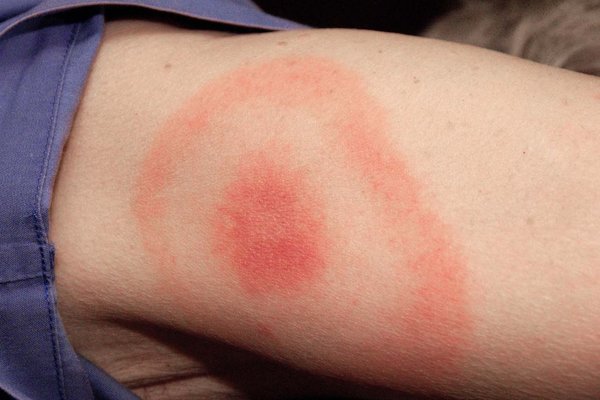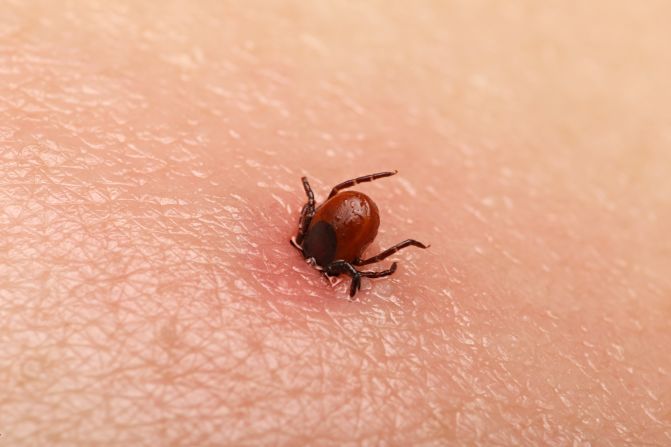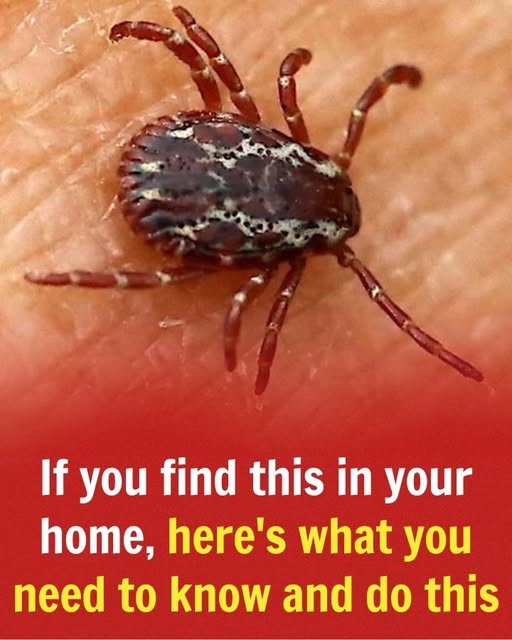Discovering a tick inside your home can be unsettling and raises concerns about potential health risks. Ticks are small, blood-feeding parasites known for transmitting diseases such as Lyme disease and tick-borne encephalitis. Understanding how ticks enter your home, the dangers they pose, and the steps to effectively remove and prevent them is crucial for maintaining a safe living environment.
Understanding the Danger of Ticks Indoors
Ticks are arachnids that feed on the blood of mammals, birds, and sometimes reptiles and amphibians. They are vectors for various diseases, making their presence in your home a significant concern. Common diseases transmitted by ticks include:
- Lyme Disease: Caused by the bacterium Borrelia burgdorferi, leading to symptoms like fever, headache, fatigue, and a characteristic skin rash.
- Tick-Borne Encephalitis (TBE): A viral infectious disease that affects the central nervous system, potentially resulting in long-term neurological issues.
Ticks typically enter homes by attaching themselves to pets, humans, or clothing. They can also hitch a ride on items brought in from outside, such as picnic blankets or outdoor gear. Once inside, ticks may find suitable hosts or hide in crevices, posing ongoing risks.

Immediate Actions to Take Upon Finding a Tick
If you discover a tick in your home, it’s essential to act promptly to minimize health risks. Follow these steps:
1. Safe Removal
- Protect Yourself: Wear gloves to avoid direct contact with the tick, reducing the risk of disease transmission.
- Use Proper Tools: Utilize fine-tipped tweezers to grasp the tick as close to the skin’s surface as possible.
- Steady Extraction: Pull upward with steady, even pressure. Avoid twisting or jerking, as this can cause parts of the tick to break off and remain in the skin.
- Avoid Crushing: Do not crush or squeeze the tick during removal, as this can release infectious fluids.
2. Save for Identification
- Contain the Tick: Place the tick in a sealed container, such as a jar or plastic bag.
- Label the Container: Note the date and location where the tick was found.
- Seek Professional Advice: Consult with a healthcare provider or local health department about having the tick identified and tested for pathogens.
3. Disinfect Thoroughly
- Clean the Area: After removal, clean the bite area and your hands with rubbing alcohol, an iodine scrub, or soap and water.
- Monitor for Symptoms: Watch for signs of illness, such as rash or fever, over the next few weeks. If symptoms develop, seek medical attention promptly.
Preventive Measures to Keep Ticks Out
Preventing ticks from entering your home is key to reducing the risk of tick-borne diseases. Implement the following strategies:
1. Pet Protection
- Regular Treatments: Use veterinarian-recommended tick prevention products on pets.
- Routine Checks: Inspect pets for ticks after they have been outdoors, especially in wooded or grassy areas.
- Limit Outdoor Exposure: Keep pets away from known tick-infested areas when possible.
2. Home Maintenance
- Seal Entry Points: Repair gaps and cracks in walls, doors, and windows to prevent ticks from entering.
- Maintain Cleanliness: Regularly vacuum carpets, rugs, and furniture to remove any ticks that may have entered.
- Launder Items: Wash clothing and gear after outdoor activities in hot water to kill any ticks.
3. Outdoor Yard Care
- Lawn Maintenance: Keep grass trimmed short and remove leaf litter, tall grasses, and brush from around your home.
- Create Barriers: Place a 3-foot wide barrier of wood chips or gravel between lawns and wooded areas to restrict tick migration into recreational areas.
- Discourage Wildlife: Erect fences to keep deer and other animals that carry ticks away from your property.

Recognizing and Responding to Tick Bites
Understanding how to identify and respond to tick bites is essential:
- Identification: A tick bite may appear as a small, red bump similar to a mosquito bite. Some individuals may develop a rash around the bite area.
- Immediate Care: Remove the tick promptly as described above.
- Seek Medical Attention: If you experience symptoms such as fever, chills, aches, or a rash within a few weeks of a tick bite, consult a healthcare provider.
Conclusion
Finding a tick in your home necessitates immediate action to mitigate health risks. By safely removing the tick, disinfecting the area, and implementing preventive measures, you can protect yourself and your family from potential tick-borne illnesses. Regular vigilance and maintenance are key to keeping your home tick-free and ensuring a safe living environment.

















